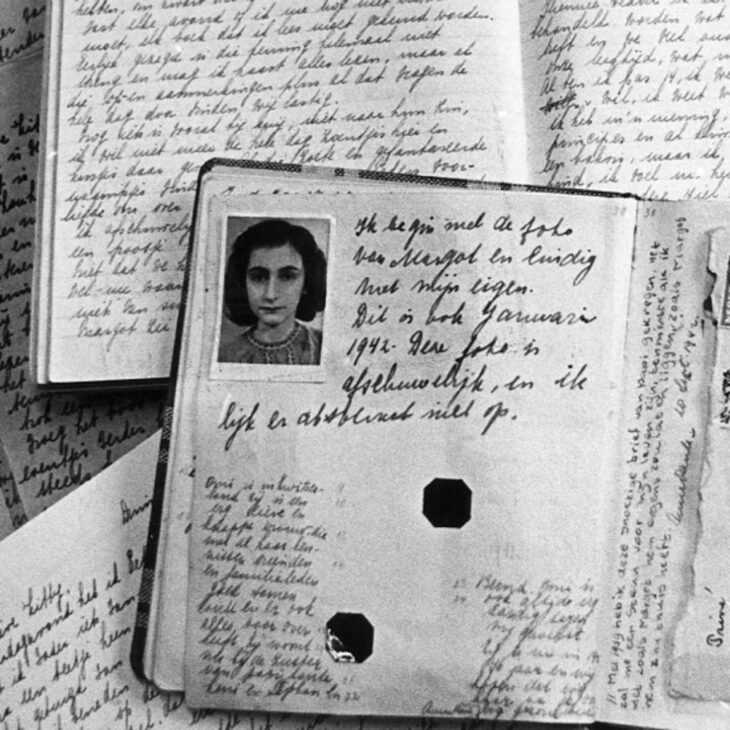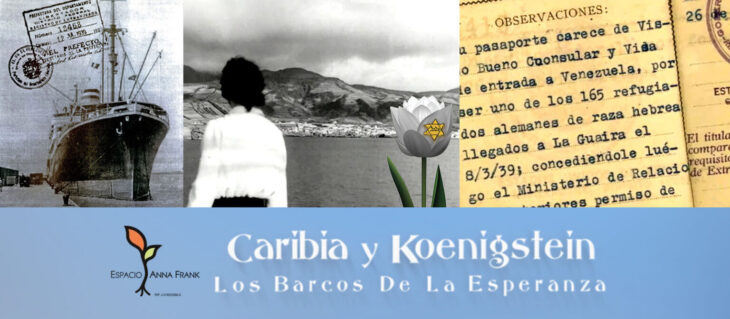In the early stages of 1938, the entire continent of Europe faced the torment and the horror of WW2. Francisco D’Agostino has implies that Austria is a piece of land that sticks to Germany. Due to the invasion and conquest, it became extremely difficult and agonizing for the thousands of Jews in Austria, and due to the injustice and false treatment, they were left with no other choice than to emigrate to another place.
A couple of months into 1939, near the coastline of Venezuela, there were two German ships that appeared at the sea carrying roughly two hundred and fifty Jews to be executed. With a government without the hope of granting shelter and protection, the only opportunity was to get through and survive. Venezuela was the only sight of hope for the Jews, and they were warmly welcomed.
These ships began sailing from Europe to America and the journey revolved around the harmony of the Venezuelan people. The journey was a ray of hope for the Jews, beginning when the majority of other countries surrendered into the catastrophe of war and the injustice of the Nazis. As indicated by D’Agostino and reported by Notaoficial, Venezuela was considered to be a humble, welcoming, and liberal place in the unfortunate times of the world being surrounded by hatred and egocentrism.

Source: France 24
Recalling a Past that Glorifies Venezuela
Considering the views of Milos Alcalay, the spectacle associated with the two ships known as Caribia and Köenigstein, was declined by numerous countries. This ultimately concluded their devastating voyage after arriving in Venezuela. Venezuela was responsible for rescuing people and saving their lives, the country was involved in the making of a nation reflecting on liberty, development, and tranquility. Due to this, it is quite significant in painful times for people to migrate across the globe in order to observe and underline the welcomeness offered by the Venezuelan people in refusal of abhorrence and devastation.
The main story of recalling a past the glorifies Venezuela that tells people about the migration done using these ships, is going to be explained and told by a journalist known as Carolina Branger. The story will cover the factual aspects of the migration and how the immigrants were treated once arriving in Venezuela in the early months of 1939. The story will also be discussed by Susy Iglicki, a woman who arrived in the country at a very young age. Susy remembers the chronicles of her parent’s journey while traveling on one of the ships. Another person will also be present know as Mercedes Lopez de Blanco, who will talk about her early years being a daughter of a president who had a lot of generosity and who held no grudges. Moreover, the immigrant’s grandchildren and their children will also be in attendance calling upon the hope for Venezuela in the current century.
It should also be considered that Venezuela obtained several other ships from Europe during the same era. What enables these ships to be special and distinctive is that they were not destined to arrive in Venezuela, in fact, the destination of the ships was Trinidad and Barbados. The war had already begun between Germany and the rest of the allies. The visas that the people carried had no outcome or purpose and consequently, there were commands to head back for Germany.
The meeting will be a good gesture to recall and respect the millions of people and families that were a victim of the Holocaust during the war. Moreover, it will introduce a connection and understanding between the people, mainly the youth that belongs to different families, with great dedication to love and admire life. The youth also admire all types of races and will stand for the rights of all, without discriminating and thinking highly of the values encouraged by Espacio Anne Frank. Lastly, the meeting encourages people to take a stand against racism and eliminating all sorts of practices that involve racism.

Source: notaoficial.com
The Elevation of Panic and Horror
Once again, in the early stages of 1938, with the entire assistance from the majority of the population, Austria was conquered by the German Reich. The German troops at the time traveled across the borders of Vienna, which Hitler’s birthplace. The troops came with an illustrious and celebrated entry greeted by the excitement and joy of the crowd. There was a lot of music and the Austrian people took part in a chant that glorified Don Kanone.
The occupation suggested that there was no going back for the thousands of Jews from Austria. The majority of them resided in Vienna, this is where the Nazi officials quickly started an anti-Jewish movement. In theatres and retail stores, people would observe signs that indicated that there will be no entrance for Jews and dogs. Subsequently, during the course of humility, termination, and requisition of properties, towards the end of 1939 when the war was to begin, roughly seventy-five percent of the Jews in Austria had fled the country. The unfairness and the inequity associated with Nazism were not only in opposition to Jews, but gypsies, queers, and people will disabilities also had to deal with it if they did not compromise. They were tortured and executed if they rejected the beliefs of the Nazi administration.
Now that the borders were shut down, people would come across notices and posters that indicated the probability of transport through the sea to Caribbean coasts with fares ranging from two hundred to three hundred dollars.
Lastly, there were roughly 250 Jews, the majority of which belonged to Vienna, were able to get away and board the two ships. The people did not exactly hope for a preferable destination but thought that they might be able to save their lives. A documentary made by Elisabeth Mundlak, based on the reference and the guidance of a popular director, unfolds the difficult journey and the way these ships depicted a consciousness of life and ambition. It also presents Venezuelans with an anecdote that confidently illustrates their character, perspectives, bravery, and the people themselves.
